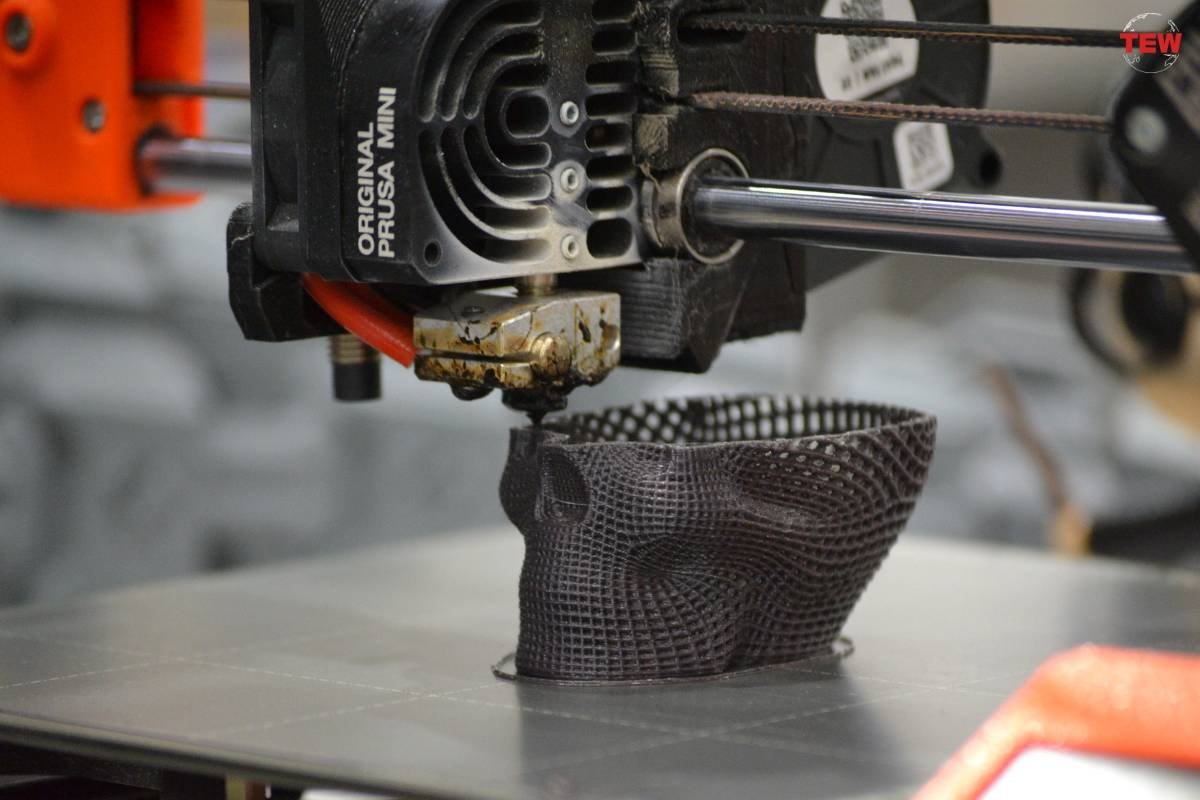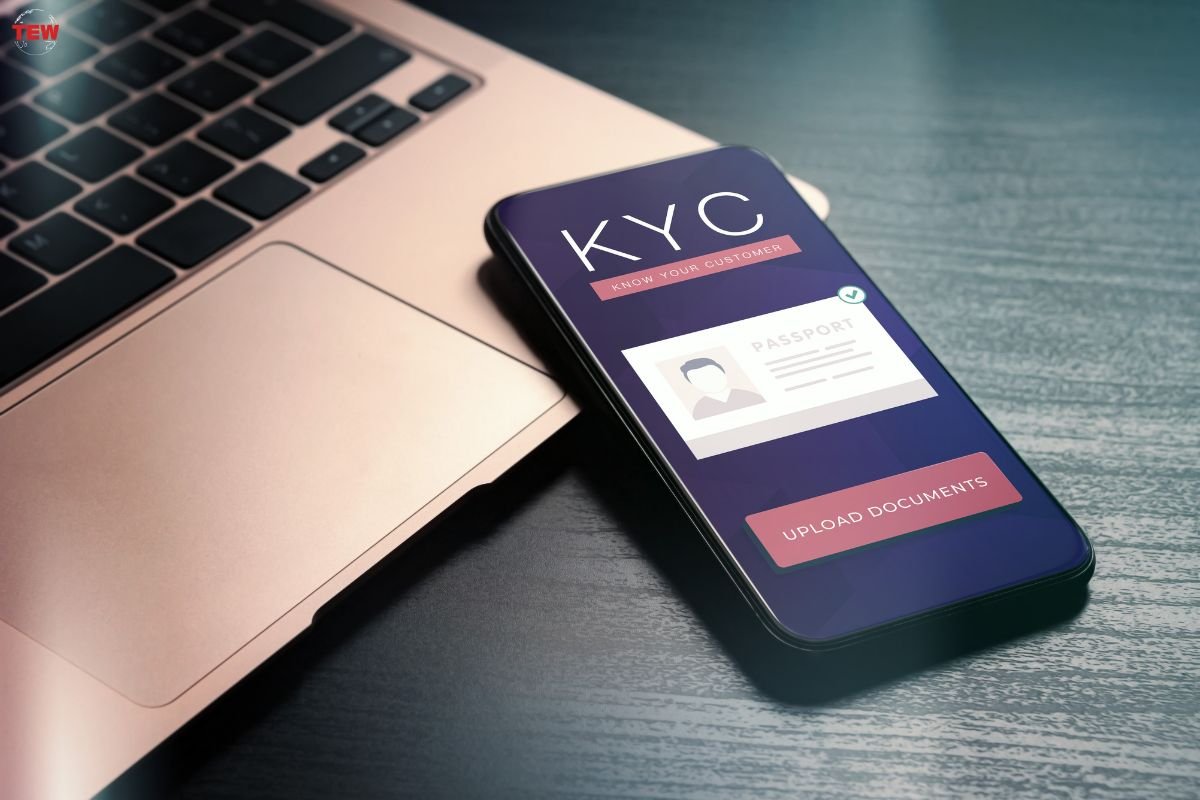A beautiful workplace or a home is a dream for many. It is the right of every individual to make a dream place beautiful and a most happier place to live. To turn their dreams into reality, Ground 11 offers the most creative Architectural solutions. With many years of expertise, Ground 11 depicts development and imagination to consolidate the pith of both the customer and their space.
Ground 11 is a full-service architecture and urban design resource that concentrates on the built narrative – architecture, urban design, and landscape – to make vital, exciting destinations out of clients’ tangible and intangible requirements. It is a scalable, modular company, combining the strengths of its own office with a highly talented and experienced network of consulting architects, designers, engineers, and other specialists. In particular, Ground 11 revels in projects that pose unique challenges and require unexpected, innovative, and highly creative solutions.
In a talk with Mr. Pranav Iyer, Design Principle at Ground 11, he shared his journey throughout and what Ground 11 is all about.
What were the initial challenges?
Ground 11 initially faced challenges that included a lack of experience and therefore a comfort gap between any potential clients and us. The team worked tirelessly towards reducing and then largely eliminating it. We were supported through this journey by clients who reposed immense trust in our abilities.
How were the first few years of Ground 11?
The first formative years were at the same time a struggle and a revelation. Every small project was celebrated, and was an educative experience for us all, in every way. It was also the time where we gravitated towards what would become our design methodology.
Which was that point that triggered the growth of Ground 11?
An IT Park that we did in Pune, with RC Sons, Chennai, where we were a part of a large and complicated project that was challenging at many levels. It gave us the confidence to look higher.
How have Ground 11’s graphs changed since the foundation? Can you share a few statistics?
We have moved from a two-person firm to a 25 strong team, and have grown by over 60% per annum in the last five years, including 2020.
Do or do not! There is no Try’
Yoda- Star Wars
What is the reason behind Ground 11’s long-standing success?
The constant search to expand our skills and go outside our safe zones. It is this that encouraged us to explore different geographies and architectural typologies in over 20 other countries.
What influenced you to start an Ground 11?
A passion to create something tangible that was used and interacted with people so intimately and would outlive us. Every building can be a small part of our soul that reaches out into the future.
What are the products/services Ground 11 focuses on? How are your services different from those in the market?
We specialize in Architecture across scales and typologies, urban design, and project structuring/project strategy planning from land acquisition to and through construction management and supply chain optimization as required. We also have a significant footprint and expertise in the comprehensive design of premium residences, while delivering the project by value addition without quality reduction. Our difference stems from our involvement both before and after actual project design and construction, at the strategy level. We have leveraged our multi-national experience by being able to do a Helical Forward Model for strategic, logistical, financial, and architectural project design and management. This skillset dovetails seamlessly into the traditional ‘project construction management’ roles that exist today, that we oversee but do not do ourselves.
How do you decide to take Ground 11 a step further in terms of your products/services?
That is very simple. Do better than you did yesterday. Learn from everyone and everything. And leave your ego at the door. The rest takes care of itself.
How do you combine beauty and function while designing?
The latter is in our control, while the former is a realization of each client’s vision. That happens only if we sit and take the time to understand the client, the project, and how that client sees her project. Our real work begins after we understand enough about the person we are designing for, to be able to start forming a design.
How do you think is the architecture market evolving?
It is evolving rapidly, though erratically. Some of the most fascinating is the parallel schemes of thought that encapsulate a return to traditional and vernacular architecture while experimenting with a parametric and digitally driven toolset to achieve it. It’s a great time to be alive, in more ways than one.
Can you please brief us about your professional experience?
I have been practicing for over 22 years, before which I was a student at APIED, Gujarat. Those five years gave me the foundation to step out into the field, with a positive attitude and friends who have been my pillars of support in the journey.
What are the key achievements of your entrepreneurial journey?
A specific set of achievements would include our first large building, the first house we did in Somalia, and an ongoing $2 Billion planning project in Lagos. What I feel are true achievements are a crystal clear understanding of what I don’t know, and what people call ‘a case of clinical optimism’.
How do you look after your employees? What makes your team unique?
I try to look after my employees like I would like to look after myself. Mistakes are allowed, just not the same one twice. Curiosity is encouraged. And they know that I am there if they need me. They are unique because they work for their satisfaction, not mine.
Is there any special experience with your clients you would like to highlight?
There are too many to list here, but three come to mind. One is when a 24-year-old client gave me at 21 years old with zero experience in an office building to do, and told me, ’How bad can it be? Go for it.’
The second is when a prominent developer from Pune saw my struggle with the rather large building we were designing and told his team to give me some time to come to grips with the scale. The third is not an incident, but a person, with whom we started work designing the gate for his house, and 22 years later he is a mentor and a friend. I’m still designing for him, and it does at times include gates.
With rising technology how is the Architecture Designing sector has changed over time?
The biggest change has been the almost complete transformation of the field into a digital ecosystem, with everything from 3d printing, BIM, and ever-evolving AS and VR tools. The second has been the explosion of new materials and technologies that have spread across the globe, thanks to the web. The world and our profession have become global in a very complete sense.
What drives your design decisions? What are some of your largest inspirations?
The site, the design program, and most importantly the client’s perception of what she feels she needs. Every new project starts with a clean slate free of pre-conceived notions of context and vocabulary. The project itself feeds the design as understanding grew.
One person who you admire the most?
Priya V. Ram and C. Vijayram, of RC Sons Chennai, both very senior architects who have guided me throughout my practice, and have always helped Ground 11 and me in particular through the worst and the best. Two truly mind-bogglingly incredible people I am blessed to know both professionally and personally.
Whose business story do you find the most inspiring?
Ar. Dinesh Panwar, the Design Principal of Urbanscapes in Delhi. I have seen his growth as an architect from a shy and rather quiet student to what can only be described as an architectural tour-de-force, with multiple international awards, including the Architect of the Year award last year.
Constant vigilance- a need or a strategy? Please share your views.
It has to be a strategy, effective only after you have identified your business’s most vulnerable aspects. After that, it is almost subconscious attention to mitigate business risk and maintain business continuity. The Pandemic has given us all a fresh perspective on this.
It’s a rat race out there. How do you cope with that?
The best way to cope with the rat race is to find races you can win.





